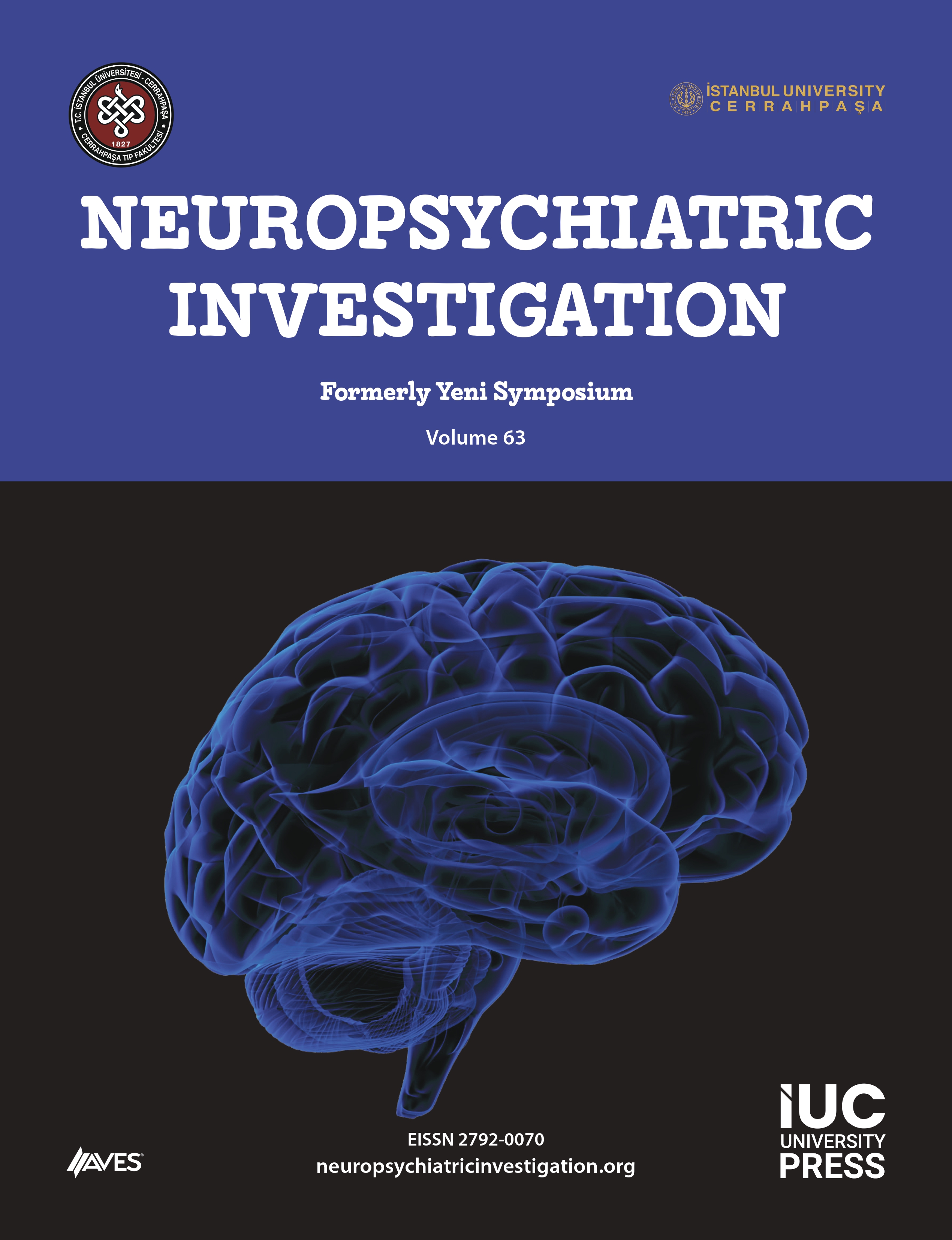Objective: The effects of religious beliefs on someone’s emotions and thoughts towards several aspects of life are widely known. This paper presents two studies, one of them is on the scale development to measure the religious orientation and religiosity and, another aims to investigate the validity and reliability of the two scales.
Method: In the first study an item pool were composed and some items were retained based on the judges’ ratings in order to Religious Orientation Scale (ROS). Items were written by the authors to constitute the Muslim Religiosity Scale (MRS). Both were organised as Likert type scales and administered to a university students sample (n=493) together with socio-demographics. In the second study data were collected from another university students (n=349) sample by means of a questionnaire consisted of Need for Cognition Scale,1,4 Locus of Control Scale,2 and Social Desirability Scale3 besides ROS and MRS.
Results: The factor analyses conducted with data from the first study confirmed the construct validity and, internal consistency analyses revealed that both scales were reliable. In the second study findings confirmed the construct validity of ROS and MRS.
Conclusion: The findings of both studies showed that ROS and MRS are reliable and valid. However it was argued that the quest religious orientation scale needs to be improved from some aspects. The findings of both studies were discussed in terms of the relations between the religious orientation, religiosity and the other constructs (NFC, LOC, and SD) and compared to the findings of previous studies, and, suggestions were made.




.png)